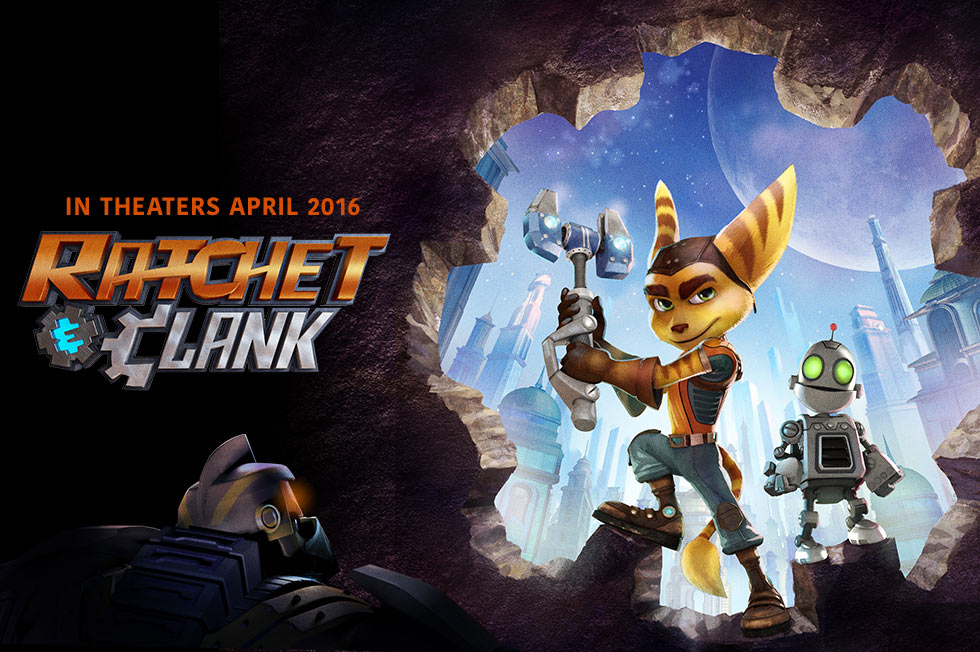Finding Dory
Posted on June 16, 2016 at 5:42 pm
A-| Lowest Recommended Age: | Kindergarten - 3rd Grade |
| MPAA Rating: | Rated PG for mild thematic elements |
| Profanity: | Mild language |
| Alcohol/ Drugs: | None |
| Violence/ Scariness: | Peril, separation from parents |
| Diversity Issues: | Sensitive treatment of disabilites |
| Date Released to Theaters: | June 24, 2016 |
| Date Released to DVD: | November 14, 2016 |
| Amazon.com ASIN: | B01FJ4UGF0 |
Pixar’s first feature film was “Toy Story” because their then-groundbreaking computer animation technology could only create characters who were stiff and smooth. Plastic toys were ideal characters. Each film since has shown exponential technological progress — the furry creatures of “Monsters Inc,” the balloons in “Up,” Merida’s curly red hair in “Brave.” With “Finding Dory,” Pixar has created its most ambitious character yet, a seven-appendaged, camouflaging octopus named Hank, voiced by Ed O’Neill. Hank moves like jello in water in a plastic bag, each appendage separate, and his skin and shape adapt to take on whatever colors and textures are in the background. Hank is an astonishing marvel of a character, always surprising, completely believable, wonderfully expressive, and endlessly fascinating.
Hank is one of the characters encountered by Dory, the short-term memory-impaired, whale-language-speaking blue tang who helped Marlin (Albert Brooks) find his lost son in “Finding Nemo.” At the end of that film, she tells Marlin that “I look at you, and I… and I’m home.”
Following a flashback to Dory’s early years with her devoted and understanding parents (Diane Keaton and Eugene Levy), we see that she is living with Marlin and Nemo when she has a flicker of recollection. Her parents are in California, the other side of the ocean. She knows she needs help to get there. Marlin, still fearful about anything he cannot control, does not want her to go and he really does not want to go with her. But having almost lost his own son he knows how much Dory needs to be with her family, and he knows he could never have found Nemo without her help. And so they hitch a ride across the ocean with Crush the sea turtle (director Andrew Stanton), but then they get separated at a marine life sanctuary, which is where Dory meets Hank.
Dory has been tagged for transport to an aquarium in Cleveland. Hank wants that tag; he does not want to be returned to the ocean. He wants to be safe and he wants to be left alone. He agrees to help Dory find her parents if she will give him the tag. Meanwhile, Marlin and Nemo (Hayden Rolence) try to catch up with Dory, with some help from a pair of alpha exemplars of the territorial imperative, British-accented sea lions (Dominic West and Idris Elba) and a scrawny, wild-eyed loon named Becky. Meanwhile, Dory runs into an old friend, a visually-impaired whale shark named Destiny (Kaitlin Olson). And there’s another sort of friend, played in an adorable cameo by Sigourney Weaver as sort of herself.
With most of the action in the marine sanctuary, this film misses the grandeur and beauty of “Nemo’s” underwater setting, spending much of its time on a series of expertly executed action sequences with comic moments and delightful characters. Once again, the film centers on the essential joy/anxiety conundrum of being a parent or a child. Dory’s parents are endlessly patient and encouraging, though she hears them privately worrying about how they can teach her to stay safe and be independent despite her cognitive impairment. Destiny and her neighbor, a Beluga whale named Bailey (O’Neill’s fellow “Modern Family” star Ty Burrell), both have to overcome their disabilities as well. Bailey has a sort of PTSD following an injury and has to learn to use his echolocation to “see” what is happening to Dory. The treatment of disabilities is exceptionally nuanced and tender-hearted, not the usual pity or saintlike treatment. Everyone has strengths as well as weaknesses. When Marlin realizes that instead of over-analyzing everything he has to learn to think more like Dory, he, Nemo, Dory herself, and those of us who are leaning just a little closer toward the screen, learn to trust her heart and ours as well.
The DVD/Blu-Ray release has a fabulous assortment of extras, including interviews with resident of the real Marine Life, the adorable “Piper” animated short film, “Animation & Acting.” a look at the art of creating a deep and profound connection between an audience and a fish, and my favorite, “The Octopus That Nearly Broke Pixar,” the story of Hank, the challenges and rewards of bringing to life Pixar’s crankiest, most technically challenging character ever. The cast talks about their favorite underwater creatures and there is some background on the story development. There’s even an all-emoji version of the story!
NOTE: Be sure to get to the movie in time to see the utterly winning short film, “Piper,” and be sure to stay all the way through the credits for some extra scenes, including the appearance of some favorite characters from the first film.
Parents should know that this movie has extended peril and some violence, some mild language and brief potty humor. Even more than the first film, it is a frank but sympathetic portrayal of characters with disabilities.
Family discussion: What is a good way to help someone who has memory impairment? Why did Hank change his mind? What is the difference between the way Dory and Marlin think about how to solve problems, and should you be able to do both?
If you like this, try: “Finding Nemo” and your local aquarium or marine life sanctuary and learn more about the sea creatures in the film.


